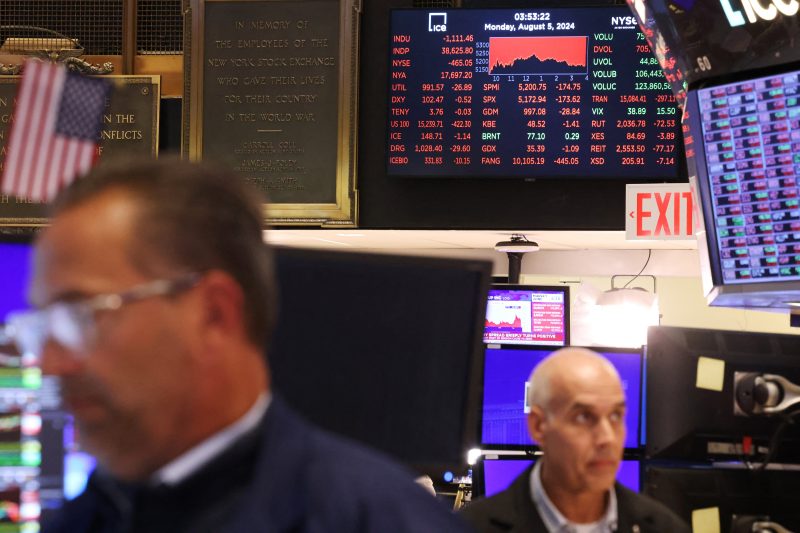As financial markets become increasingly volatile and unpredictable, strange phenomena are beginning to emerge that challenge traditional economic theories and analysis. The interconnected global economy and the rise of digital trading platforms have created an environment where unusual market behaviors can quickly gain momentum, leaving investors and analysts scratching their heads in confusion. From bizarre price movements to unexplained trends, the world of finance is witnessing unprecedented levels of weirdness that defy easy explanations.
One of the strangest developments in recent times is the rise of meme stocks and the power of social media in influencing market dynamics. Companies such as GameStop and AMC Entertainment have seen their stock prices skyrocket to astronomical levels, fueled by online communities of retail investors coordinating through platforms like Reddit and Twitter. These so-called meme stocks have disrupted conventional notions of valuation and fundamentally changed the way markets operate, with the traditional balance of power between institutional investors and retail traders being upended.
Moreover, the phenomenon of cryptocurrency has added another layer of peculiarity to the financial landscape. Bitcoin, Ethereum, and other digital assets have experienced massive price swings, driven by factors that often defy traditional analysis. The decentralized nature of cryptocurrencies, coupled with their speculative appeal, has created a speculative frenzy that has bewildered even the most seasoned investors. The rapid emergence of new coins and tokens, each claiming to offer unique features and utility, has further muddled the already complex world of digital assets.
In addition to these unusual market dynamics, the growing trend of algorithmic trading has also contributed to the weirdness in financial markets. High-frequency trading algorithms, programmed to execute trades at lightning speed based on complex algorithms, can exacerbate market fluctuations and create rapid price movements that seem detached from underlying fundamentals. The speed and volume of algorithmic trading have reached levels where human traders struggle to keep up, leading to a sense of disorientation and uncertainty in the markets.
Furthermore, the influence of central banks and government policies on market behavior has added another layer of unpredictability to the mix. The unprecedented levels of fiscal and monetary stimulus deployed in response to the COVID-19 pandemic have distorted traditional market signals and fueled asset price inflation in ways that are not fully understood. The reliance on unconventional policies such as negative interest rates and quantitative easing has blurred the line between market forces and government intervention, creating a distorted reality that is difficult to decipher.
In conclusion, the weirdness in financial markets and on the right is a reflection of the complexities and challenges facing the global economy in the 21st century. From meme stocks to cryptocurrencies to algorithmic trading, the convergence of technological innovation, social media influence, and government intervention has created a volatile and enigmatic market environment that defies easy explanations. As investors navigate this strange new world, adapting to uncertainty and embracing a diversity of perspectives will be crucial in making sense of the weirdness that defines modern finance.
